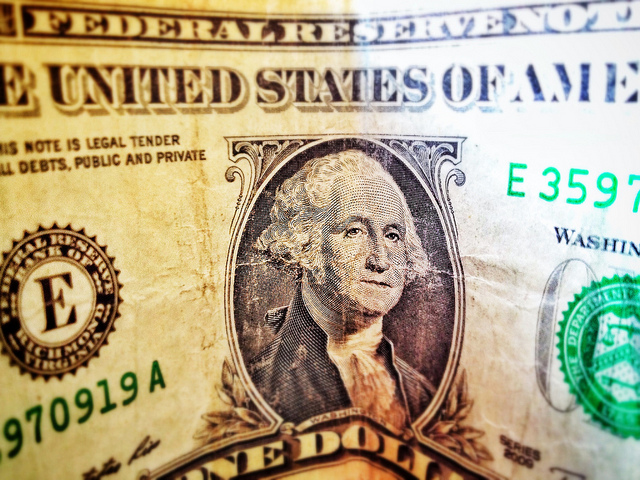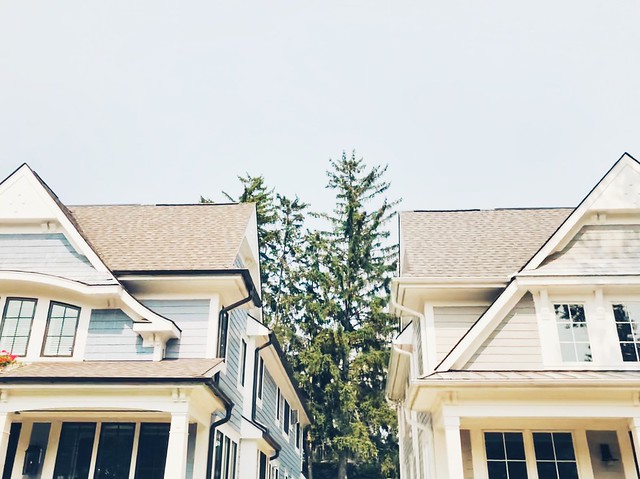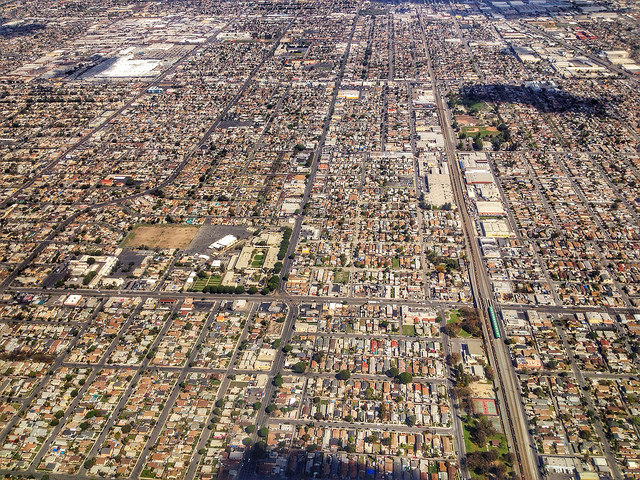If you’re trying to calculate how much house you can afford, the most commonly cited rule is that your mortgage payment should be no more than 28 percent of your monthly wages. And while everyone’s situation and finances are different, it’s a pretty good gauge. That’s why ATTOM Data Solutions uses it when putting together their quarterly affordability report. By comparing average wages and the monthly payment on a median-priced home – including taxes and insurance – they can estimate how affordable homes are in counties across the country. According to their most recent release, 39 percent of the counties they looked at were affordable. That’s down from the previous quarter, mostly because the hot summer housing market helped drive home prices upward. But where are the country’s most affordable counties? Well, mostly in the Midwest. The report shows that counties in Illinois, Michigan, Ohio, and Pennsylvania make up most of the top 10, with Maryland and Georgia rounding out the list. Not surprisingly, the most expensive areas were mostly on the coasts, with counties in California, New York, and Hawaii requiring the largest percentage of wages to buy a home. (source)













